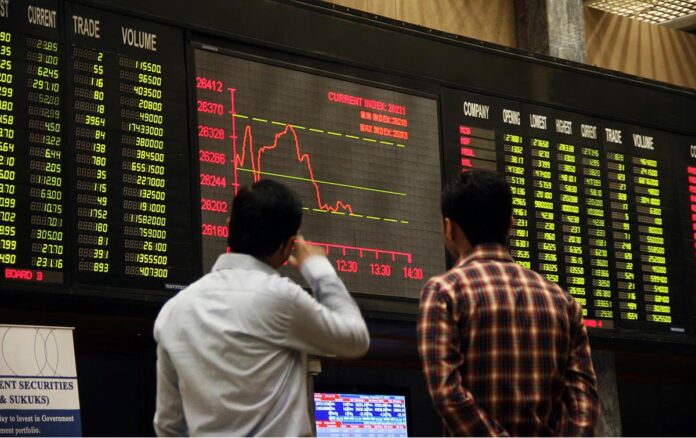Both the SECP and PSX are working to make the market safer to invest in, as well as offering a more diverse set of investment opportunities. So far, however, most Pakistanis remain uninvested
March 24 should have technically been a good day for the Pakistan Stock Exchange. Right after Pakistan Day, the PSX was finally launching two exchange-traded funds (ETFs), after much hand wringing and regulatory delay for the last four months. Never mind that talks for ETFs had been ongoing since at least 2018.
Instead, on what should have been a good PR day, the launch was converted into a virtual launch. The provincial government of Sindh had imposed a 14-day lockdown on March 22, with a curfew imposed in Karachi from 8pm to 8am, owing to the coronavirus pandemic. The PSX spent that week scrambling to reduce footfall at the office, but also make sure that the exchange could continue to function and – at all costs – stay open.
Farrukh Khan, the CEO of PSX, had been there to witness the mayhem that followed when the exchange closed in 2008. He was determined that under him, the PSX would not repeat the same mistake twice. If the New York Stock Exchange could stay open in the covid-19 pandemic, then there was nothing stopping PSX.
Determined to keep this image of the exchange afloat, he even spoke to Profit for an interview that same week, as if this was a regular PR exercise, as if the very financial world was not on the verge of crumbling in Pakistan.
Though in a sense, if one listens to Khan, it is not. This covid-19 blip will pass, and then the PSX will be forced to reckon with what it has always had to deal with: growing the number of investors, growing the number of listed companies, and nudging the exchange towards international best practises.
Indeed, both the PSX and the capital markets’ regulator – the Securities and Exchanges Commission of Pakistan (SECP) – have continued to work through the pandemic to help make Pakistan’s markets more secure for investors and with a wider, more sophisticated array of products to help incentivise more individuals to utilise the stock market as the vehicle for growing their savings.
The goal appears to be some version of “build it and they will come”, a business aphorism derived from the 1989 movie Field of Dreams. Essentially, the regulator and the market operator are both hoping that if they build a good enough market for investors, eventually Pakistan’s abysmal market participation rates will start rising. It may well be a good strategy, but one that may take some time before it bears fruit.
The scale of the problem
But first, a review of the current situation. Just how bad are market participation levels in Pakistan? Pretty bad, from even a cursory look at the data.
There are just under 244,000 people in Pakistan who have a capital markets account of any kind, according to data from the Central Depository Company (CDC), which amounts to just about 0.11% of the total population. This compares to 0.81% even in comparable economies like Bangladesh. The number for India is 4.5%, and it is a significantly higher 62% in more sophisticated markets like the United States, according to data compiled by Elphinstone, a securities advisory company.







Leave A Comment